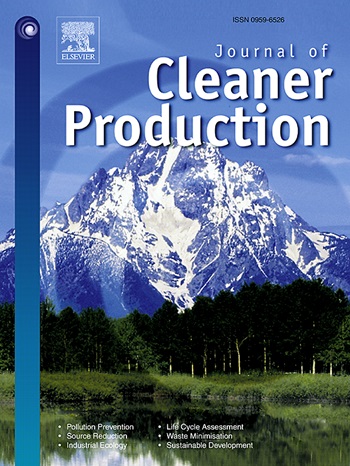Quantitative Text Analysis of Circular Economy Policies for Electric Vehicle Batteries in China: Focus on Objectives and Tools
IF 9.7
1区 环境科学与生态学
Q1 ENGINEERING, ENVIRONMENTAL
引用次数: 0
Abstract
Section snippets
Methodology
This study conducted a quantitative analysis on the selected policy texts regarding EV battery CE by combining topic extraction and content analysis.Topic extraction is the process of identifying the underlying topics within a collection of documents using probabilistic models, such as Latent Dirichlet Allocation (LDA) (Blei et al., 2003). It is widely applied in policy text analysis to uncover policy themes and priorities, construct networks that reveal the relationships and evolution ofPolicy developmental phases
The development of China’s CE policies for EV battery, based on the distribution of policy quantity and type over time (See Fig. 2), can be divided into three phases: (1) 2012-2014: Exploratory Phase, (2) 2015-2017: Guidance Phase, and (3) 2018-2023: Rapid Development Phase.In 2012, the central policy of “Energy Saving and New Energy Automobile Industry Development Plan (2012-2020)” mentioned EV battery recycling for the first time in China. During 2012-2014, EV battery recycling was onlyPolicy recommendations
Based on the content analysis results of EV battery CE policies in China, we proposed the following policy recommendations:Conclusions
Drawing on text mining results from LDA model, we developed a two-dimensional analytical framework on ‘objective’ and ‘tool’ to quantitatively analyze EV battery CE policies at both central and local levels in different phases, using 266 documents from 2012 to 2023. Our analysis reveals that China’s EV battery CE policies have evolved through three phases: Exploratory (2012–2014), Guidance (2015–2017), and Rapid development (2018–2023), with increasing focus on systematic frameworksUncited reference
Forward-looking Industry Research Institute, 2024; Green Peace Organization & All-China Environment Federation, 2020; Li et al., 2021; Liu et al., 2023; New energy storage project Management Code, 2021; Regulation 2023/1542, 191 OJ L, 2023; O et al., 2010; Qian, 2024; Zhang et al., 2020; Zhang et al., 2023.Declaration of Competing Interest
☒ The authors declare that they have no known competing financial interests or personal relationships that could have appeared to influence the work reported in this paper.Acknowledgements
We thank anonymous reviewers for their valuable suggestions to improve the quality of the paper. This research is funded by the National Natural Science Foundation of China (Grant Number 42371310); the Key program of International Cooperation, Bureau of International Cooperation, Chinese Academy of Sciences (Grant number 131551KYSB20210030)求助全文
约1分钟内获得全文
求助全文
来源期刊

Journal of Cleaner Production
环境科学-工程:环境
CiteScore
20.40
自引率
9.00%
发文量
4720
审稿时长
111 days
期刊介绍:
The Journal of Cleaner Production is an international, transdisciplinary journal that addresses and discusses theoretical and practical Cleaner Production, Environmental, and Sustainability issues. It aims to help societies become more sustainable by focusing on the concept of 'Cleaner Production', which aims at preventing waste production and increasing efficiencies in energy, water, resources, and human capital use. The journal serves as a platform for corporations, governments, education institutions, regions, and societies to engage in discussions and research related to Cleaner Production, environmental, and sustainability practices.
 求助内容:
求助内容: 应助结果提醒方式:
应助结果提醒方式:


